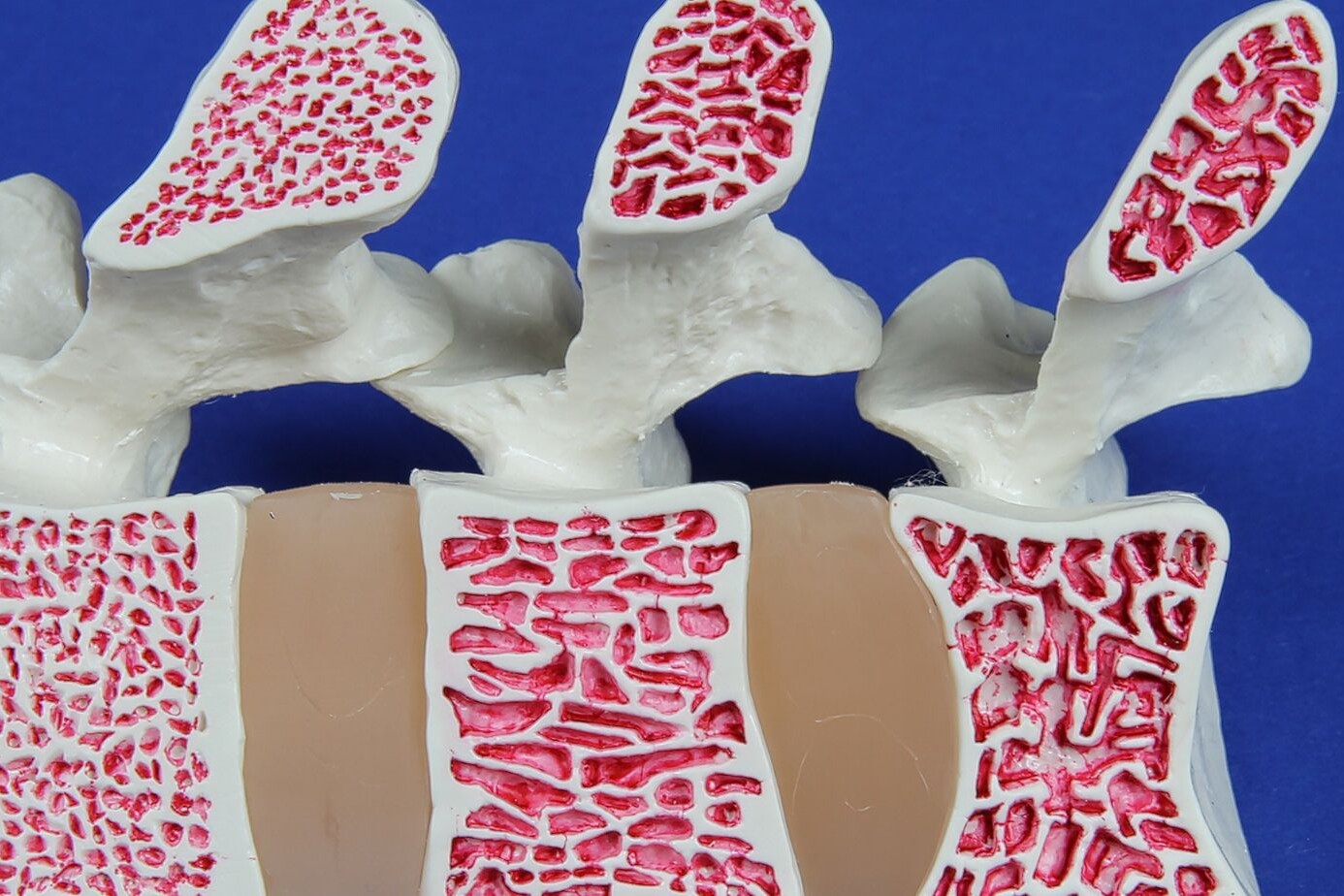Ever felt like your body’s playing a bizarre trick on you, where one side feels weak while the other loses its sense of touch? That’s a glimpse into the world of Brown-Séquard syndrome, a rare neurological condition that can throw a curveball at your mobility and how you experience the world around you. But here’s the encouraging part: this isn’t a story of defeat! Think of it more like a complex puzzle, and with the right pieces, the effective Brown-Séquard treatment options we’re about to explore. many individuals find their way back to independence and a fuller life.
We’ll walk you through every proven option for Brown-Séquard treatment, from emergency care to the latest research. You’ll understand what works, why, and how to move toward recovery. Whether you’re a patient, caregiver, or just curious, this guide gives you the clarity you need.
Table of Contents
ToggleWhat Is Brown-Séquard Syndrome?

Before diving into Brown-Séquard treatment, it’s important to know what you’re dealing with. Brown-Séquard Syndrome (BSS) is a neurological condition caused by damage to one side of the spinal cord. This partial damage results in a mix of symptoms that are confusing at first glance but follow a unique pattern.
The result is you may lose strength on one side of the body (ipsilateral weakness) but lose sensation to pain and temperature on the other side (contralateral side). It’s like your nervous system gets scrambled.
This type of spinal cord injury needs careful medical attention, targeted therapies, and long-term support.
The condition is rare, but early diagnosis and the right Brown-Séquard treatments can improve recovery outcomes.
Causes of Brown-Séquard Syndrome
Knowing the cause helps tailor the right Brown-Séquard treatment. Some causes are immediate and obvious, while others are hidden and develop over time.
Traumatic Injuries
- Stab wounds, especially to the neck or back
- Gunshot injuries that penetrate one side of the spinal cord
- Falls, car accidents, or sports injuries
Non-Traumatic Causes
- Tumors pressing on one side of the spinal cord
- Multiple sclerosis (MS) damaging nerve pathways
- Ischemia, which means a reduced blood flow
- Infections like tuberculosis or herpes zoster
Emerging Case-Based Causes (2023-2025)
- Post-COVID inflammatory syndromes
- Complications from spinal surgeries
- Rare autoimmune spinal inflammations (e.g., transverse myelitis affecting one side)
The sooner the cause is diagnosed, the faster an effective plan can begin.
Symptoms of Brown-Séquard Syndrome
The hallmark signs include:
| Symptom | Description |
| Muscle Weakness or Paralysis | Typically on the same side as the injury |
| Loss of Pain and Temperature Sensation | On the opposite side of the injury |
| Proprioceptive Loss | Difficulty sensing body position and vibration |
| Coordination Issues | Balance problems due to loss of joint awareness |
| Spasticity | Involuntary muscle stiffness or contractions |
| Secondary Complications | Pressure ulcers or muscle atrophy from immobility |
Symptoms depend on the level and extent of spinal cord damage. A prompt neurological evaluation ensures accurate diagnosis.
Why Early Diagnosis Is Critical? Delaying diagnosis can worsen the injury and delay recovery. Early Brown-Séquard treatment means higher chances of full or partial recovery.
Table: Left vs Right Effects of Brown-Séquard Syndrome
| Affected Area | Left Side of Body | Right Side of Body |
|---|---|---|
| Motor Function | Weakness | Normal |
| Pain Sensation | Normal | Reduced |
| Temperature | Normal | Reduced |
| Proprioception | Reduced | Normal |
Prognosis and Recovery Outlook
Despite its severity, Brown-Séquard syndrome has a favorable prognosis . Research suggests that 75–90% of individuals regain the ability to walk , particularly when supported by physical therapy.
This recovery is largely thanks to neuroplasticity —the nervous system’s ability to rewire itself. Through repetition and targeted exercise, new nerve pathways form, restoring lost function.
Recovery rates vary based on:
- Severity and level of spinal injury
- Timeliness of Brown-Séquard treatment
- Access to rehabilitation services
- The individual’s general health and commitment to therapy
Treatment Options for Brown-Séquard Syndrome

Now, let’s focus on what matters most: managing the condition. Brown-Séquard treatment comes in phases. Immediate care first. Then, therapy for recovery. Finally, long-term support for living well.
Emergency & Acute Medical Interventions
In the early hours, stabilizing the spinal cord is the top priority.
- Spine Stabilization: Neck collars or backboards to avoid further injury
- High-dose Corticosteroids: Used within 8 hours to reduce inflammation
- Emergency Surgery: If caused by tumor, bullet, or bone pressing on the cord
- Early decompression surgery improves neurological outcome by up to 30% (source: NCBI)
Surgery may not reverse all damage, but it helps prevent worsening.
Rehabilitation Therapy
After stabilization, rehab is the next step in Brown-Séquard treatment.
- Physical Therapy (PT): Focuses on walking, balance, and muscle strength
- Occupational Therapy (OT): Helps with daily tasks like dressing or cooking
- Gait Retraining: Helps regain the ability to walk
- Neuromuscular re-education: Restores control over muscle movements
Stat: 75% of BSS patients regain assisted ambulation with early rehab (Journal of Spinal Cord Medicine)
Pain Management Strategies for Brown-Séquard Patients
Pain is not just physical; it takes a toll emotionally too.
- Neuropathic Pain: Burning or tingling due to nerve damage
- Gabapentin or Pregabalin: Effective for nerve-based pain
- Tricyclic antidepressants: Also used in chronic pain cases
- TENS Therapy: Electrical pulses to reduce pain perception
- Acupuncture: Some find relief through needle-based therapy
Table: Pain Relief Options Compared
| Option | Type | Duration | Side Effects |
| Gabapentin | Medication | 12-24 hrs | Drowsiness, nausea |
| TENS | Device | Short | Skin irritation |
| Acupuncture | Alternative | Varies | Minimal |
| TCAs | Medication | 24 hrs | Dry mouth, sleepiness |
Assistive Technologies and Supportive Care
When healing is slow, tools can bridge the gap and improve quality of life.
Mobility Aids and Adaptive Tools These tools support independence.
- Walkers and Orthotics: Help with balance and foot drop
- Smart Wearables: Alert systems for falls or irregular steps
- Exoskeletons: Robotic devices that support walking
- Brand Example: Ekso Bionics offers exosuits for spinal injury patients
These are part of modern Brown-Séquard treatment programs worldwide.
Psychological and Social Support
BSS doesn’t just affect the body. It affects emotions and mental health too.
- Depression and Anxiety: Common after spinal injuries
- Professional Counseling: Offers emotional support and guidance
- Peer Support Groups: Real talk from people who’ve been through it
- Family Education: Helps caregivers know what to expect
Patients who receive consistent emotional support report 40% higher satisfaction in recovery (source: American Spinal Injury Association).
The Role of Neuroplasticity in Recovery
Neuroplasticity enables the brain and Brown-Sequard Spinal Cord Injury to:
- Develop alternative pathways for movement
- Regain partial or full sensory function
- Improve balance, strength, and coordination
Rehabilitation strategies that promote repetition and targeted movements enhance this process , especially during the first 6–12 months post-injury.
How to Choose the Right Treatment Plan?
Neurologist or Neurosurgeon? Whom to See
- See a neurologist for diagnosis and care planning
- See a neurosurgeon if surgery is required
- A multidisciplinary team ensures all-round care
Questions to Ask Your Doctor
- Do I need surgery?
- Will an MRI show the exact damage?
- What type of rehab do I need?
- What are the chances of walking again?
- Are there any clinical trials I can join?
Read: Ask the Expert: How ‘Hello Dr.’ Brings Personalized Wellness Advice to Your Screen
Dr. Chandril Chugh’s Final Advice on Brown-Séquard Treatment
You don’t have to live with fear or confusion after a Brown-Séquard diagnosis. Get the facts. Start early treatment. Work with specialists who understand your condition.
Book a consultation with Dr. Chugh today to get a personalized Brown-Séquard treatment plan tailored to you. With the right approach, recovery is possible.
FAQs for Brown-Sequard Treatment
Can you fully recover from Brown-Séquard Syndrome?
Yes, many people regain significant function with early and consistent treatment. Physical therapy, medication, and supportive care all play key roles. Recovery depends on the cause and how quickly treatment begins. Some regain full mobility; others may need walking aids. A prompt start improves long-term outcomes.
What is the success rate of Brown-Séquard treatment?
Approximately 90% of patients show some improvement in motor function. Around half can walk independently within 6 to 12 months. Recovery is better when Brown-Séquard treatment starts early. The specific cause (like trauma vs. tumor) also affects success. Rehab and pain control boost the chances of recovery.
Is surgery always needed in Brown-Séquard cases?
No, not every case requires surgery. Surgery is reserved for spinal cord compression from trauma, tumors, or bone fragments. If no mechanical pressure is found, therapy and medication may be enough. Imaging tests guide this decision. Non-surgical management can still lead to good recovery.
How long does rehabilitation take?
Most patients begin seeing results within 3 to 6 months of therapy. Full recovery may take 12 months or more, depending on severity. Progress is gradual and requires consistent effort. A personalized rehab plan makes a big difference. Long-term physical and emotional support is also key.
What type of doctor treats Brown-Séquard Syndrome?
A neurologist typically leads diagnosis and medical Brown-Séquard treatment. If spinal surgery is needed, a neurosurgeon will step in. Physical and occupational therapists assist in rehabilitation. A team-based approach offers the best outcomes. Regular follow-ups ensure recovery stays on track.
About The Author

This article is medically reviewed by Dr. Chandril Chugh, Board-Certified Neurologist, providing expert insights and reliable health information.
Dr. Chandril Chugh is a U.S.-trained neurologist with over a decade of experience. Known for his compassionate care, he specializes in treating neurological conditions such as migraines, epilepsy, and Parkinson’s disease. Dr. Chugh is highly regarded for his patient-centered approach and dedication to providing personalized care.
→ Book a consultation to discover which remedies suit your needs best.




